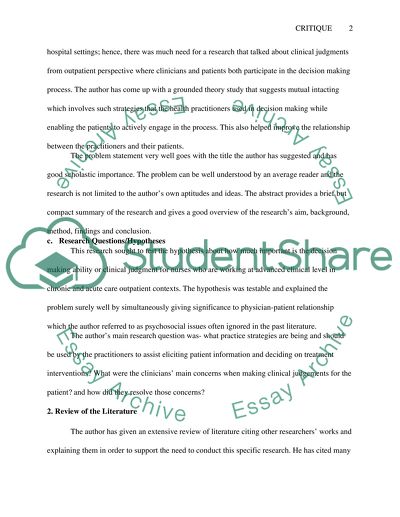Cite this document
(“Qualitative Article Critique Essay Example | Topics and Well Written Essays - 1500 words”, n.d.)
Retrieved from https://studentshare.org/environmental-studies/1404898-qualitative-article-critique
Retrieved from https://studentshare.org/environmental-studies/1404898-qualitative-article-critique
(Qualitative Article Critique Essay Example | Topics and Well Written Essays - 1500 Words)
https://studentshare.org/environmental-studies/1404898-qualitative-article-critique.
https://studentshare.org/environmental-studies/1404898-qualitative-article-critique.
“Qualitative Article Critique Essay Example | Topics and Well Written Essays - 1500 Words”, n.d. https://studentshare.org/environmental-studies/1404898-qualitative-article-critique.


